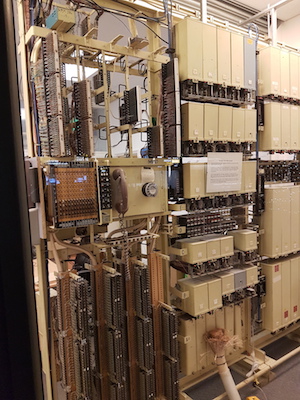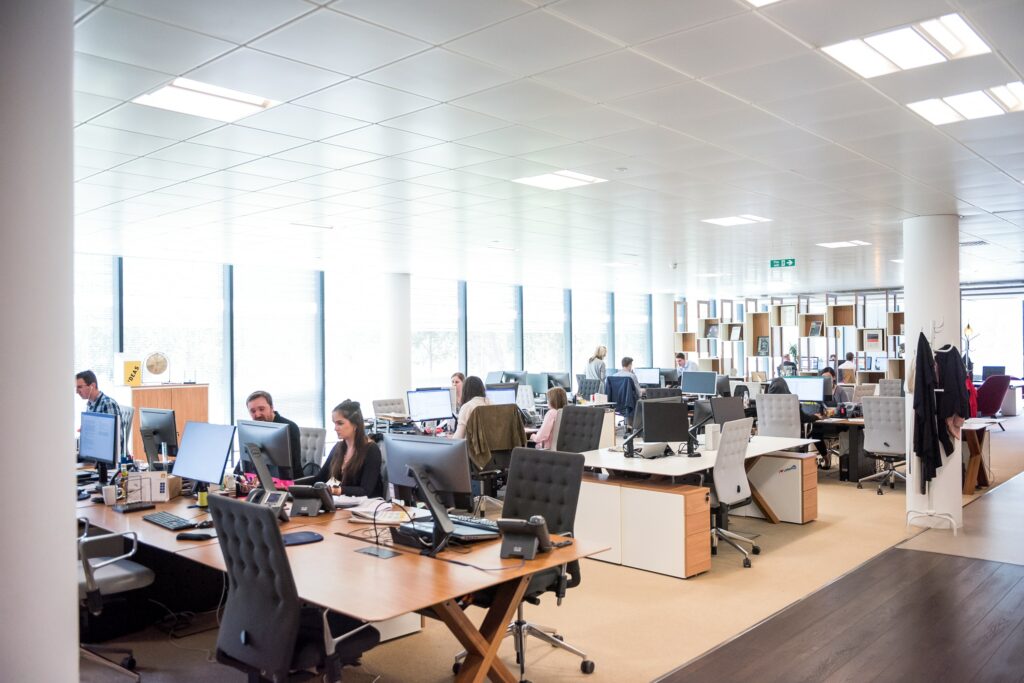When my wife was in hospital in the late 1990s, I saw that the numbers given for the bedside phones were attached to that handset, so if you moved bed you had to have a new number given to you, which was inconvenient for everyone involved. I realised there was an opportunity to create portable numbers – and so Syntec was born to fulfil that need.
This also spawned the more general idea of providing portable or ‘magic’ follow-me numbers and the provision of numbering and call traffic handling for more than just the NHS. So when we decided to sell the Hospital side of the business to a competitor, we continued to carry their traffic as a licensed telco (a win-win for both, as they got better rates that way too), and Syntec Telecom had by now become a fledgling full-service independent telecoms operator.
Growing suite of telecoms services
Over the coming years, a mix of direct and reseller sales attracted more and more clients and grew our call traffic from one, to two and then four switches, accompanied by the introduction of a second site and, more importantly, the development of a growing suite of telecoms services including call queuing, call routing, call recording, IVR, outbound faxing and press release despatch, and many more – most of which are still going strong (although some, such as mass outbound faxing, are happily now defunct!).
Taking the strategic decision to get out of the hospital business when we did, to avoid having to develop the TV/Video services also required by the NHS (and the outside funding necessary to do that) turned out to be fortuitous, as everyone now has their mobile phone with them, so the need for a bedside telephony service has effectively vanished. This is just one example of how Syntec has always been agile enough to move with the times and independent and profitable enough to develop and grow without external funding.
Range of value-added managed services
But whilst the telecoms business was still growing, the margin on numbering and call traffic was diminishing and so alongside the development of modern telecoms services such as VoIP, SIP trunks and hosted PBX, we also developed a range of value-added managed services to differentiate ourselves. A number of these have crystallised into distinctive products sets over time, such as AgentCall, ResponseTrack, CardEasy and SynPBX , encompassing a wide array of services from web-based provisioning and real-time reporting; to agent management; skills- based and intelligent call routing; dynamic numbering and call attribution analytics; and more recently PCI DSS solutions. And so along with the introduction of the brand names to recognise these by, came the need in 2014 to re-brand the overall company from ‘Syntec Telecom’ to ‘Syntec – integrated contact center systems’, to recognise that ongoing integrated product diversification.
The growth of CardEasy
But it is with the launch and growth of CardEasy ‘keypad payment by phone’ that things have accelerated even further in the last few years, for the simple reason that the sector we now focus on, the call center and contact center market, was suddenly faced with the stringent requirements of payment card PCI DSS data security regulation. Our DTMF solution for secure voice and ‘cardholder not present’ (CNP) payments admirably fitted the market need for a system which, at a stroke, resolves most of the controls required for card data security in this sector. And so Syntec has continued to grow from an SME into an international, enterprise-scale operation with the attendant security and quality management processes to go with, in order to fulfil the needs of multi-site and multi-national operations at this level.
CardEasy went live in the USA in 2015, marking the company’s further expansion into the international arena (CardEasy was already well established in Europe by then and we’d been carrying call traffic internationally for many years). But whilst the challenges are now rather different to the 1990s (in some ways predictably and others not), Syntec still remains totally techno-centric, which means that our products and services continue to be designed and supported in-house. So whilst now a much bigger company, we continue to have the flexibility to respond dynamically to customers’ needs to short timescales and with our own in-house expertise, which has proved to be a winning formula and has created self-funded business growth far greater than I could have ever originally envisaged.
So whilst it may sound like an old cliché, I am now more excited than ever before about the prospects for Syntec, and look forward to the next chapter as we develop further, both in product breadth and customer support, as well as at home and abroad.
You can see a visual representation of the development of Syntec on this timeline.



